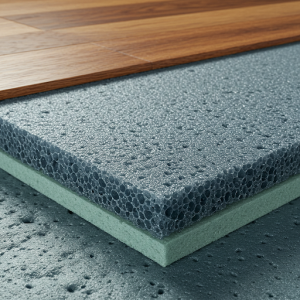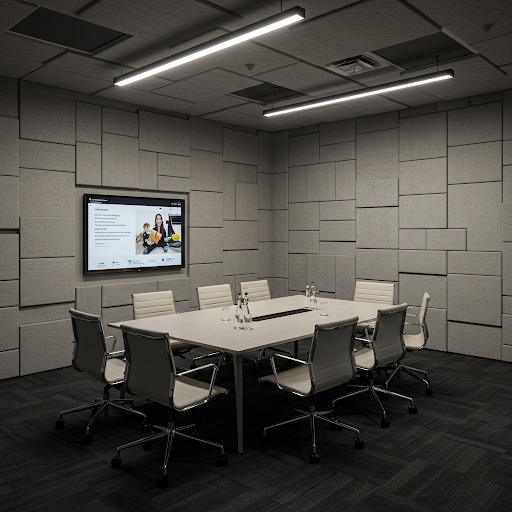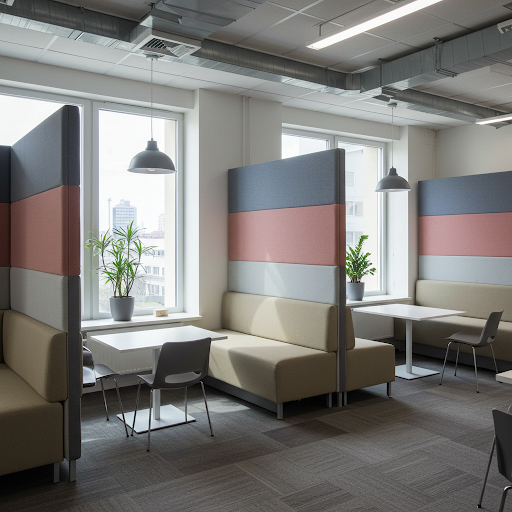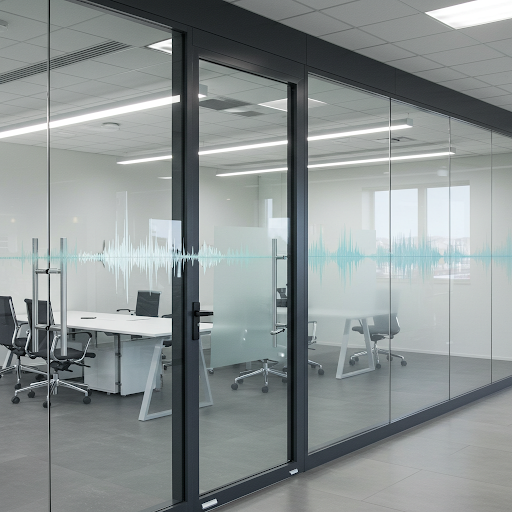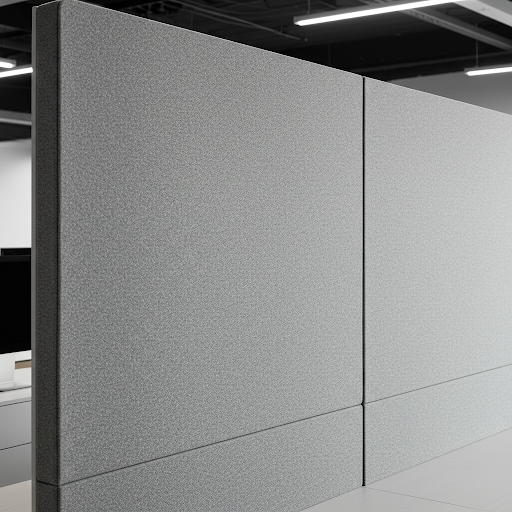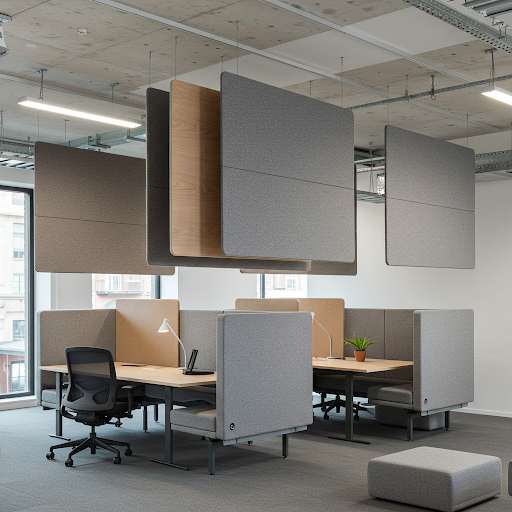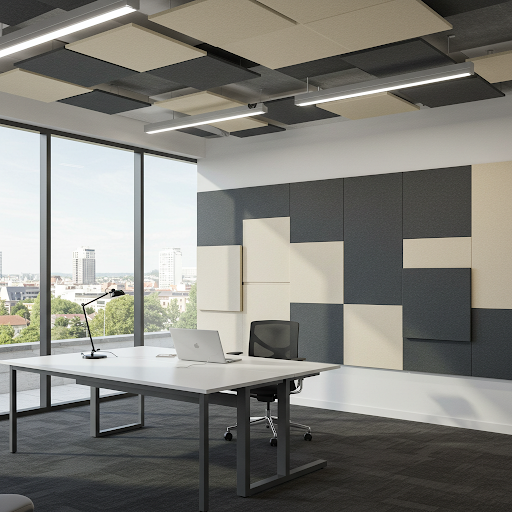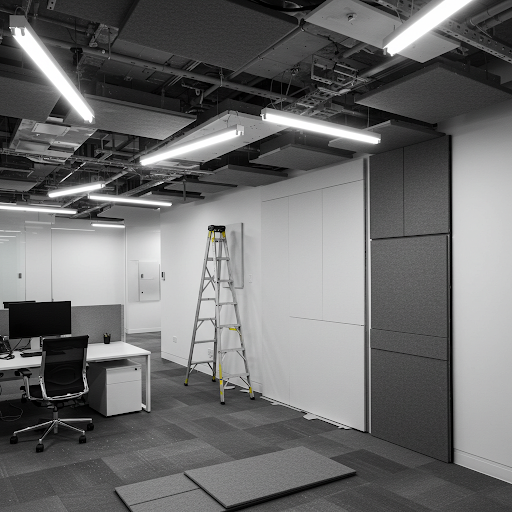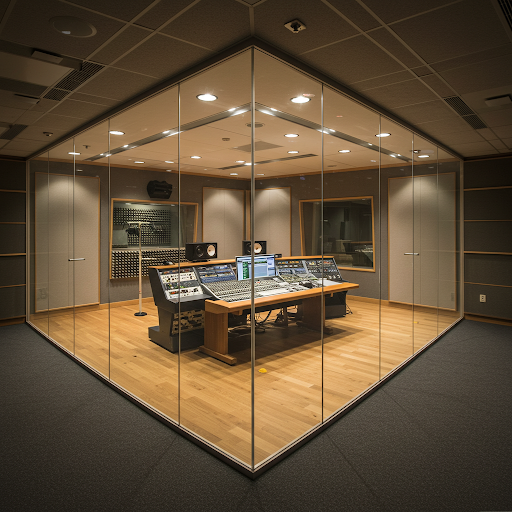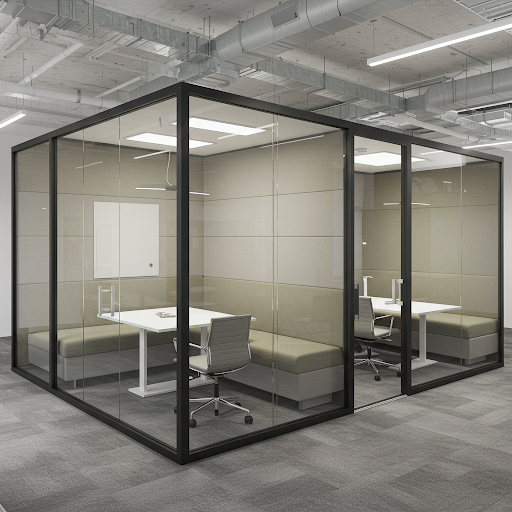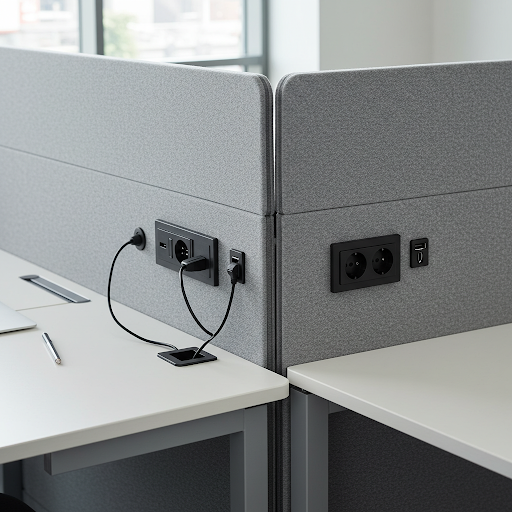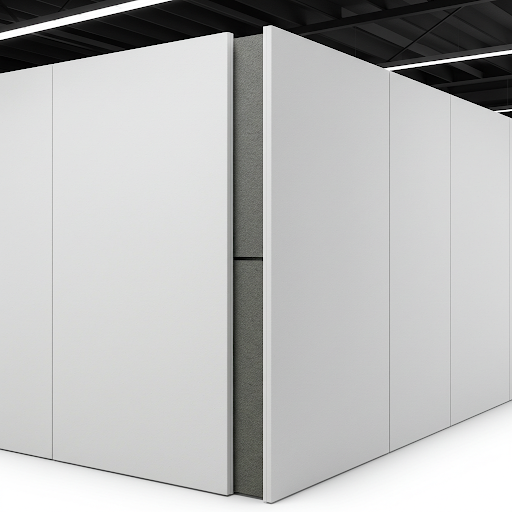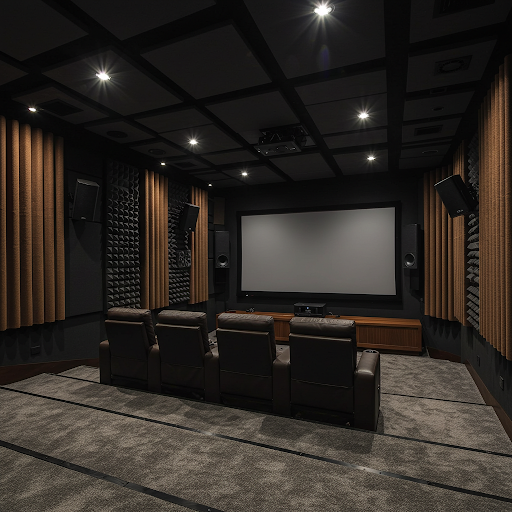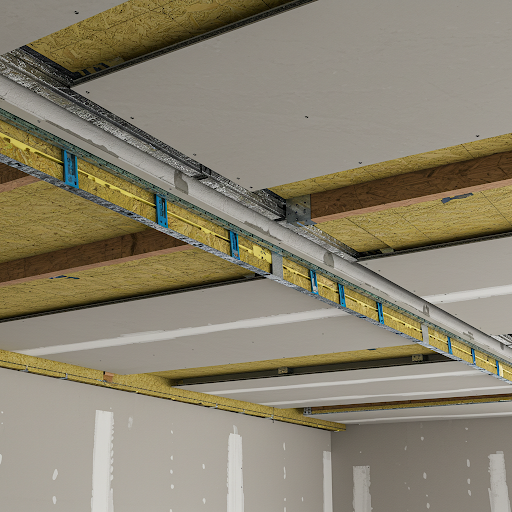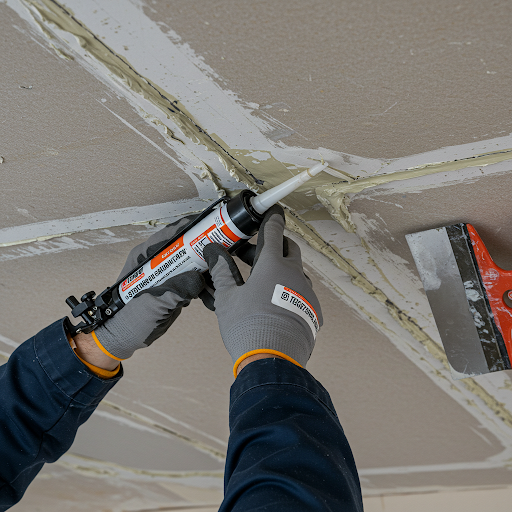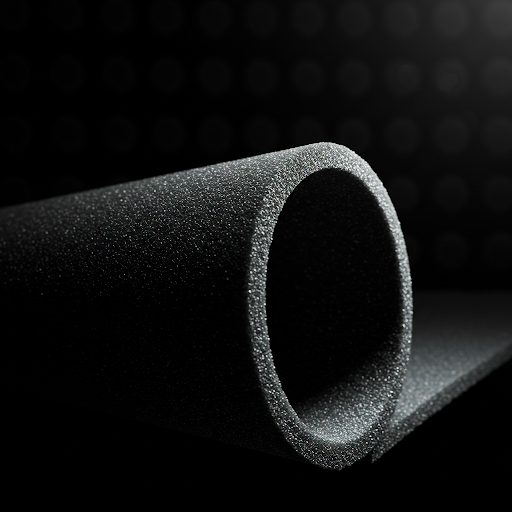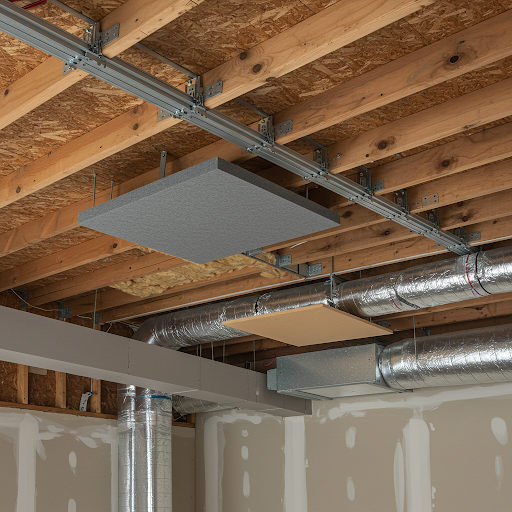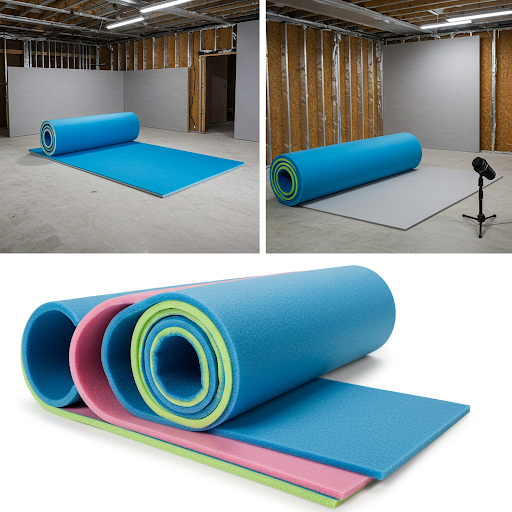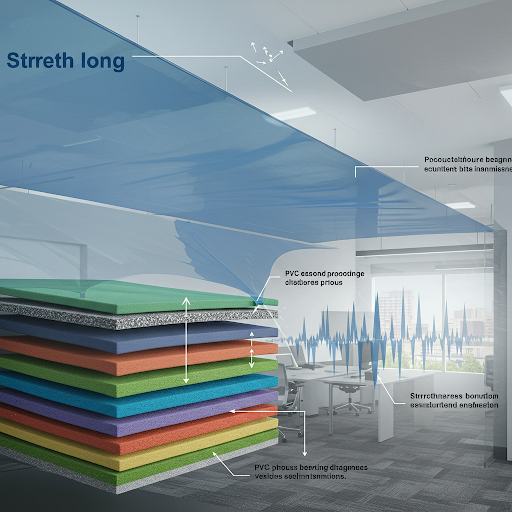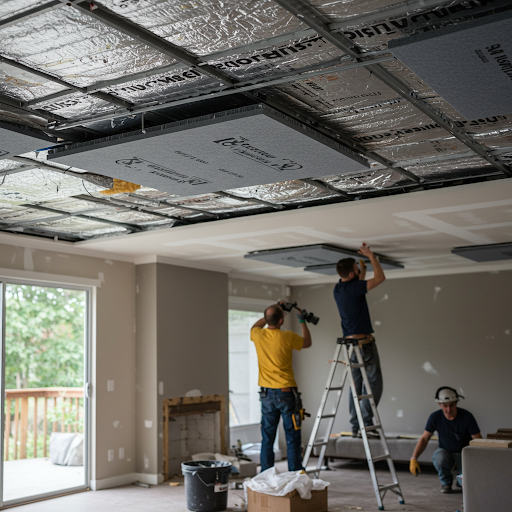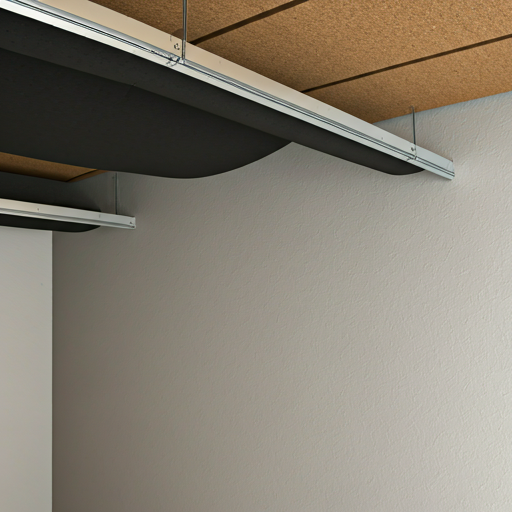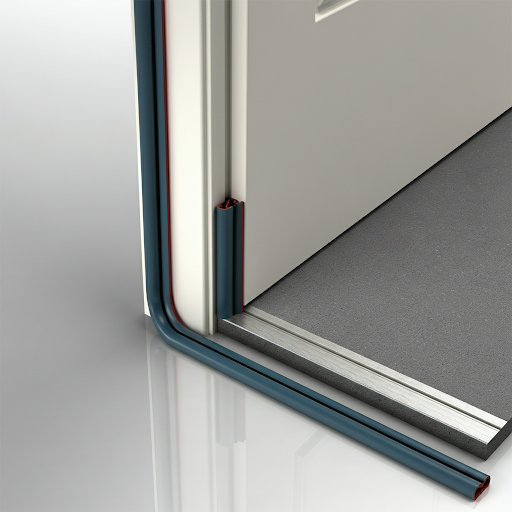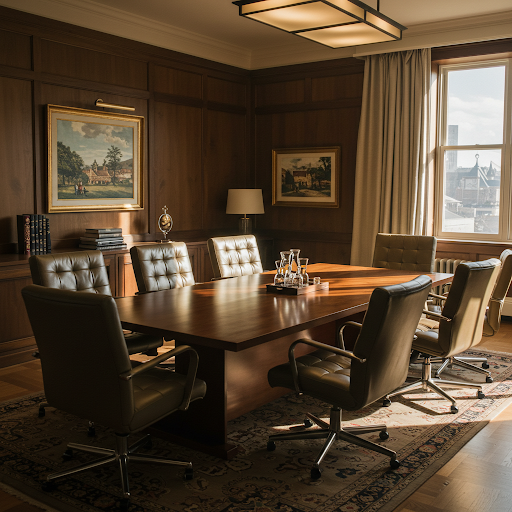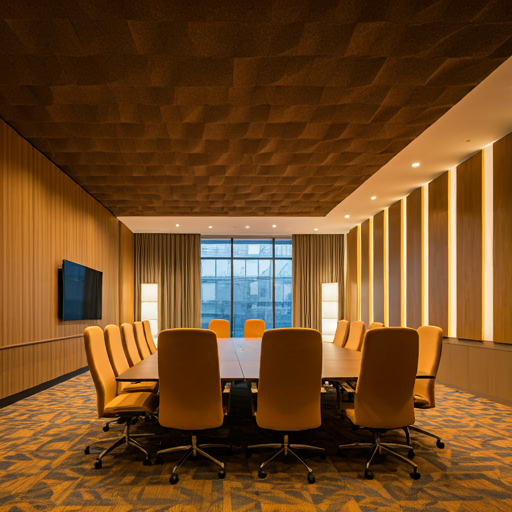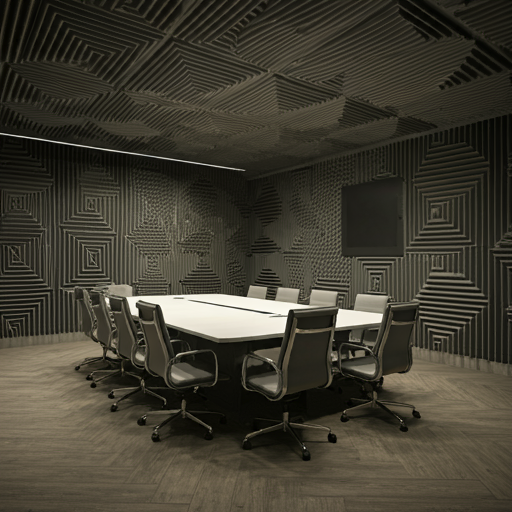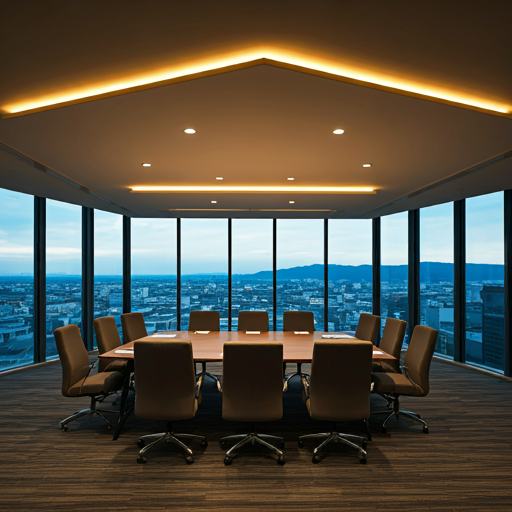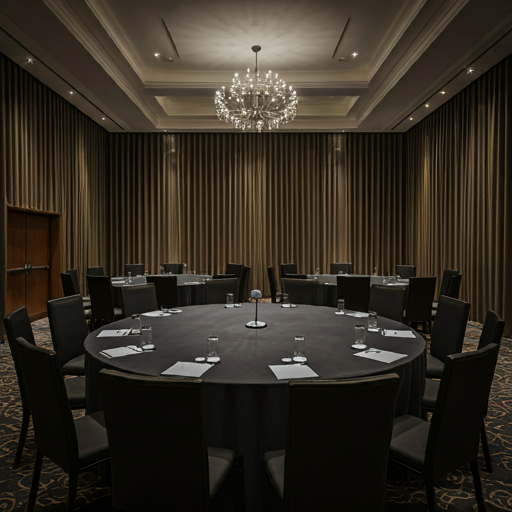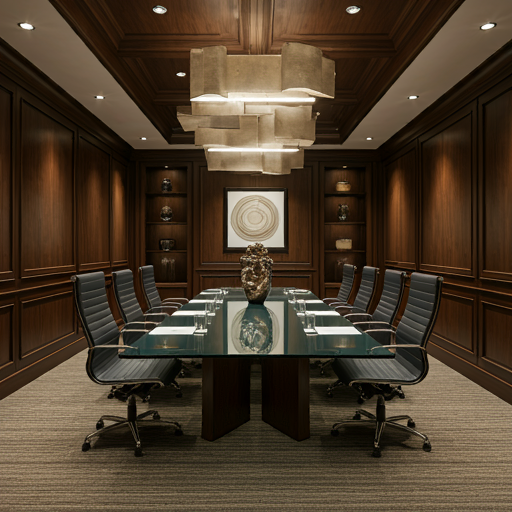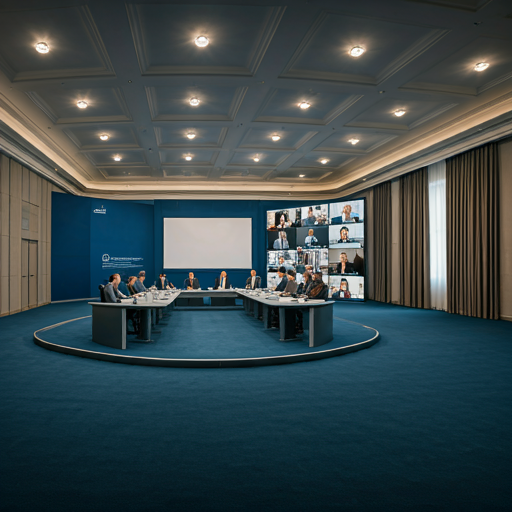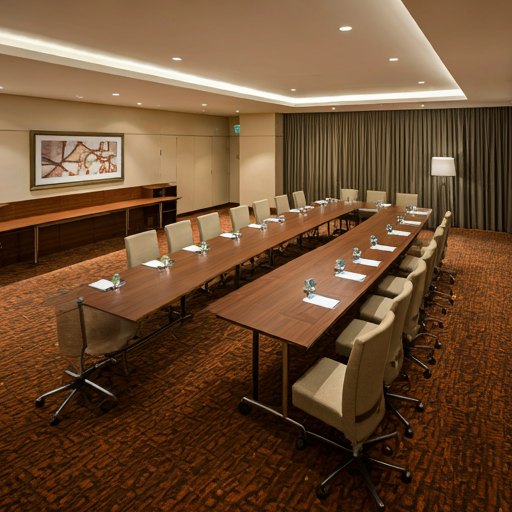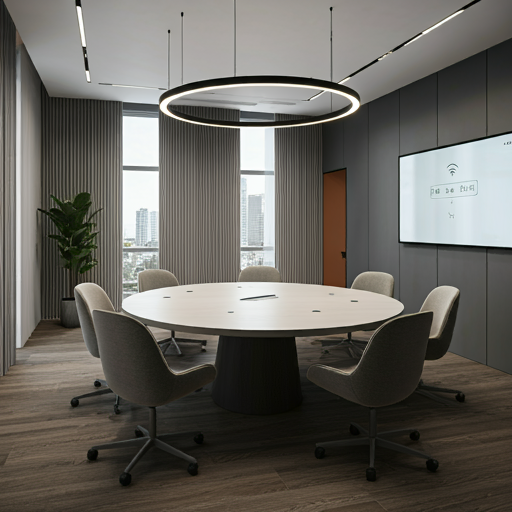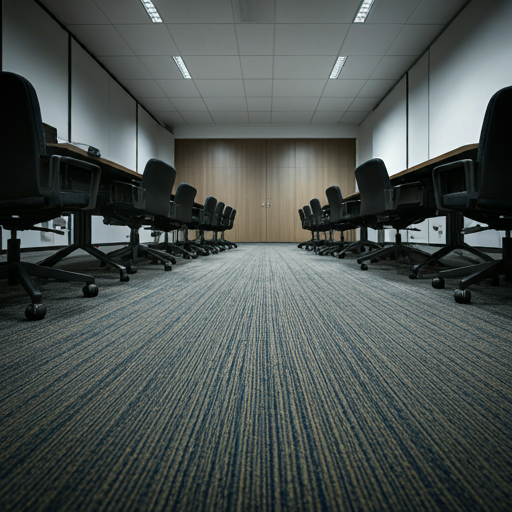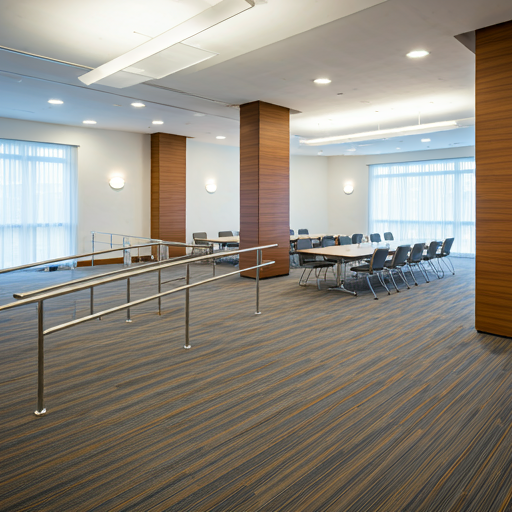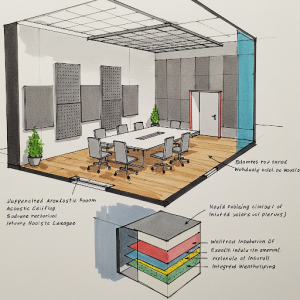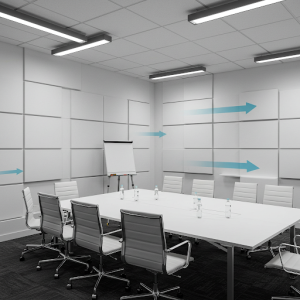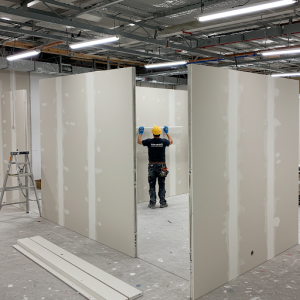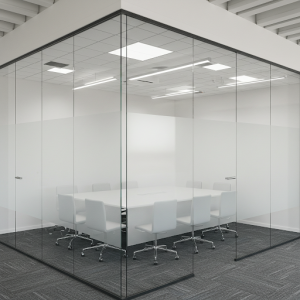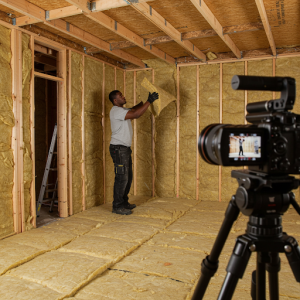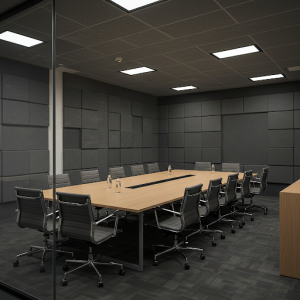Description
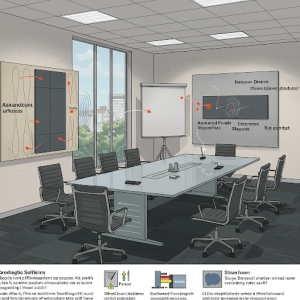
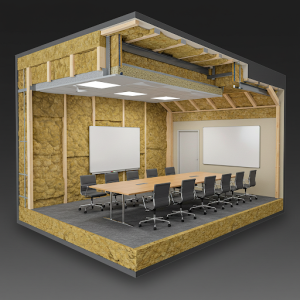
Soundproofing a meeting room, or other critical spaces, such as conference halls, auditoriums, and sound recording studios, necessitates a detailed design process. This process, led by an acoustic engineer, culminates in an Architectural and Construction Acoustics section within the overall design documentation and is completed through a series of distinct phases.
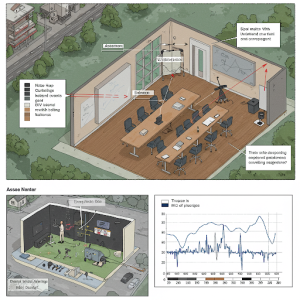
The most important requirement in such rooms is the ability to reproduce high-quality speech (less often music, films, etc.). Good sound insulation is also required so that voices and other sounds do not penetrate the auditorium from the outside. Meanwhile, auditoriums with typical rooms located wall to wall next to each other do not have any serious protection against the spread of noise.
In such rooms, students may have a hard time concentrating on the subject being studied. And the effectiveness of learning will decrease. The fault will be the auditorium‘s poor soundproofing. This problem is also relevant for conference rooms located near residential hotel rooms. Hotel guests, as a rule, do not like the constant hum and noise from behind the wall. High-quality soundproofing of adjacent rooms will help quickly solve the problem.
Soundproofing a conference room creates comfortable acoustic conditions and ensures good audibility, including another aspect. If the meeting is held behind closed doors, information should be available only to a select few. Poor soundproofing in a meeting room can negate all attempts to maintain confidentiality.
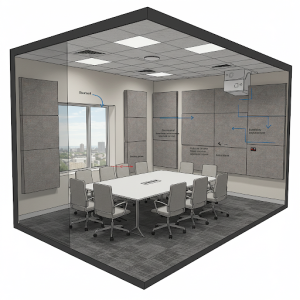
Soundproofing a meeting room according to the rules
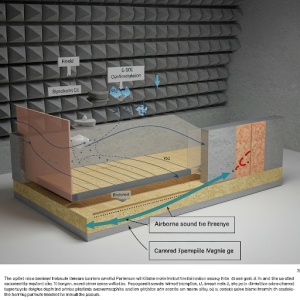
Effective sound and vibration insulation in public speaking spaces hinges on addressing three crucial areas. Firstly, airborne sound transmission requires barriers to block sound waves traveling through the air. Secondly, the impact sound transmission, caused by vibrations from footsteps or equipment, necessitates decoupling structures. Lastly, flanking transmission, where sound bypasses direct barriers through adjacent elements, demands careful detailing and material selection. Ignoring any of these aspects leads to compromised speech intelligibility and audience distraction. Comprehensive design and execution focusing on these three pillars ensures optimal acoustic performance.
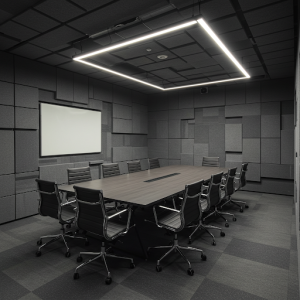
Soundproofing between adjacent auditoriums and conference rooms
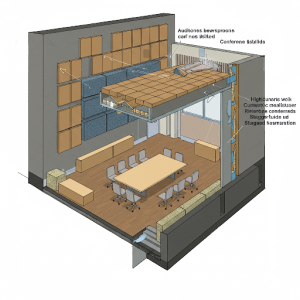
Provided by using sound-absorbing, sound-insulating, and vibration-insulating materials and structures. Not only the walls but also the floor and ceiling are insulated to achieve maximum effect.
Sound and vibration insulation of a meeting room engineering equipment
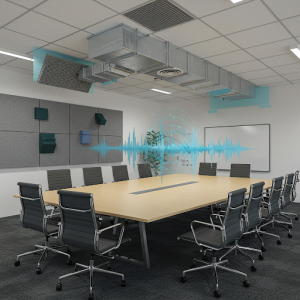
To achieve acoustic comfort in the premises, it is necessary to reduce the noise level produced by ventilation and air conditioning systems. Vibration-insulating and noise-absorbing casings made of specialized materials can be used.

Creating an optimal acoustic environment
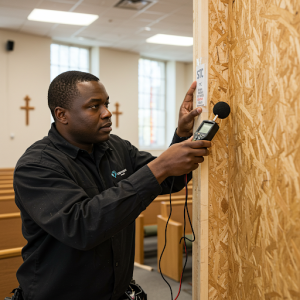
To ensure high-quality reproduction of sound (speech) in an auditorium or conference hall, at the stage of creating a soundproofing project, specialists from Wallpaper Kenya perform an acoustic calculation. By the data obtained, an optimal set of means for improving acoustics is selected.
Soundproofing a meeting room begins with understanding the space’s purpose
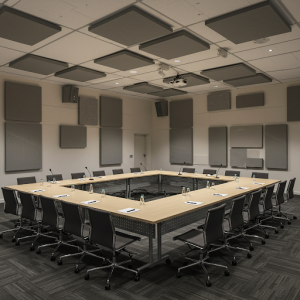
A conference hall demands speech clarity, while a recording studio needs precise sound isolation. Each venue has distinct acoustic needs. Engineers specify materials, shapes, and layouts to control reverberation, noise, and sound distribution. This ensures optimal listening conditions, whether for spoken word, musical performance, or sound recording. By tailoring the design to the specific acoustic requirements of the intended use.
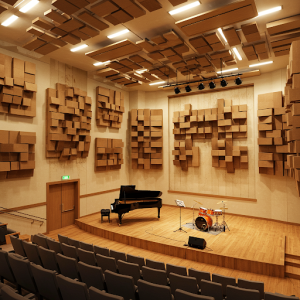
Site analysis

Soundproofing a meeting room site analysis assesses existing noise sources and transmission pathways. Key factors include: wall, floor, and ceiling construction; window and door types; HVAC system noise; and flanking paths (noise traveling through adjacent structures). Ambient noise levels are measured, and specific frequencies of concern are identified. Visual inspection reveals potential gaps or weaknesses in the existing structure. The analysis informs material selection and installation strategies. These aim to minimize sound transmission and reverberation within the meeting room. This ensures a confidential and focused environment.
Preliminary Design and Modeling for Meeting Room Soundproofing
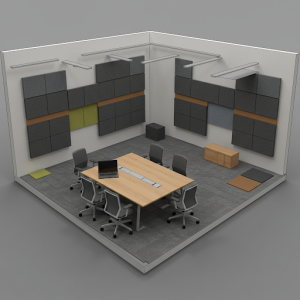
Preliminary design for meeting room soundproofing involves analyzing site data to select appropriate materials and strategies. Modeling software simulates sound transmission, predicting the performance of proposed solutions. Wall, ceiling, and floor assemblies are designed with sound-dampening materials like mass-loaded vinyl, acoustic panels, and resilient channels. Door and window seals are optimized. HVAC noise is mitigated through duct lining and vibration isolation. 3D modeling visualizes the proposed layout and material integration. This phase establishes achievable sound reduction targets and informs detailed construction plans, ensuring a quiet and confidential meeting space.
Material Selection for soundproofing a meeting room
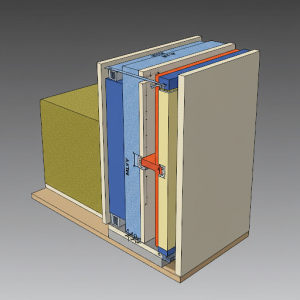
Soundproofing in a meeting room involves materials specially designed to reduce, absorb, or attenuate the propagation of sound between different spaces or environments. These materials can absorb noise or reflect it towards its source. This prevents sound from being transmitted from one room to another. Or from the outside to the inside of a building.
Acoustic insulators have many purposes, including the following:
Improve comfort and privacy
By reducing sound transmission, a quieter and more private environment is ensured in meeting rooms, offices, hotels, and other spaces.
Improving sound quality in entertainment venues
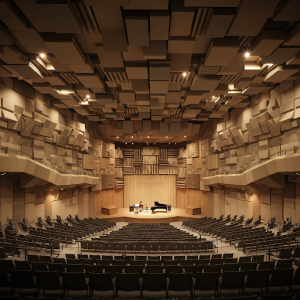
In concert halls, cinemas, and theatres, sound insulation is essential to ensure a high-quality listening experience. And minimize interference from external noise. This is even more true in conference rooms, recording studios, and other spaces where soundproofing is key to the development of the activity.
Comply with the rules and regulations
In many areas, there are rules and regulations regarding the level of noise allowed in residential and commercial environments. Using these materials helps to comply with these requirements and avoid penalties.
Where are the materials installed for soundproofing a meeting room?
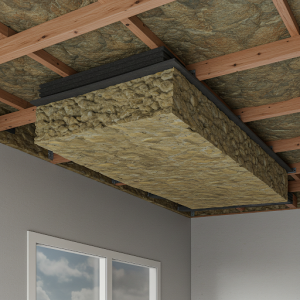
These materials can be installed in various spaces and structures within a meeting room to reduce the spread of sound. Some of the common places where they are placed include:
- Walls: Both acoustic and fireproof insulation materials can be installed on interior and exterior walls. As well as in wall cavities, to reduce sound transmission between rooms and from the outside.
- Ceilings: In ceilings and soffits, minimize the transmission of sound between floors of a building. Or between housing units in blocks of flats.
- Flooring: These materials can be installed on floors and under floating floors to dampen impact noise, such as that generated by footsteps or falling objects. As well as airborne sound transmission through the floor.
- Windows and doors: Insulating materials can be used on windows and doors to block outside noise and ensure greater privacy in interior spaces.
- Air conditioning and ventilation ducts: Installing insulation materials in air conditioning ducts and ventilation systems can reduce the spread of noise through these systems. And improve indoor air quality.
- Partitions: In offices and commercial spaces where the separation of work areas is required, acoustic insulation panels can be used to create effective noise barriers and ensure a quieter working environment.
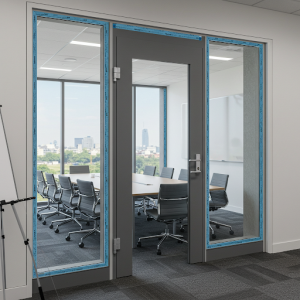
Guide to materials for soundproofing a meeting room
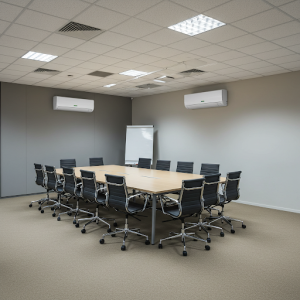
It is important to note that some of these materials may be more suitable for soundproofing a meeting room than others. It all depends on the desired acoustic properties and the environment in which they will be used. And this is regardless of the budget available to invest in one material or another.
Polyurethane foam for soundproofing a meeting room
Polyurethane foam is a synthetic material composed mainly of urethane polymers. It is obtained by the reaction of two chemical components: polyol and isocyanate. This foam comes in different forms, such as rigid, semi-rigid, and flexible. And is known for its versatility, resistance, and thermal and acoustic insulation capacity.
The main use of polyurethane foam is as an acoustic insulator since it has a cellular structure that absorbs and disperses sound waves, reducing noise transmission. In addition, its ability to expand when applied allows it to adapt to different spaces and shapes, effectively sealing the areas where it is introduced. It is also an excellent thermal insulator. This contributes to improving the energy efficiency of buildings and maintaining a more comfortable environment in a meeting room. It is important to keep in mind that polyurethane foam can be flammable and release toxic gases in the event of a fire.
Rock wool
Rock wool is an insulating material made from volcanic rock, such as basalt, which is melted at a high temperature and transformed into fibers by a process of centrifugation and stretching. These fibers are then agglomerated to form panels, blankets, or rolls.
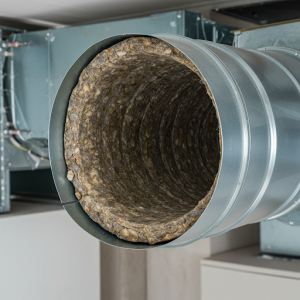
It is mainly used as an acoustic and thermal insulator in a meeting room. Its acoustic properties are due to its fibrous structure, which traps and disperses sound waves. In addition, its low thermal conductivity contributes to maintaining a stable interior temperature and improving energy efficiency. It is also fire-resistant, making it a safe option for insulation in buildings. Rock wool is used in walls, ceilings, floors, and air conditioning and ventilation ducts to provide a more comfortable and quieter environment.
Acoustic plasterboard panels in the meeting room for soundproofing
Acoustic plasterboard panels are prefabricated panels that have a gypsum core covered with special cardboard on both sides. These panels are specifically designed to improve acoustic insulation in meetings and buildings. And gives a good finish and appearance to interior walls, improves thermal insulation, and creates interior spaces as a division of the same.
Plasterboard absorbs sound transmission between rooms and spaces in buildings as it absorbs and attenuates noise. This is due to the combination of materials and its multi-layer structure, which dissipates sound waves and minimizes resonance. In addition to their acoustic properties, these panels also provide thermal insulation and fire resistance.
They are used in the construction of walls, ceilings, and partitions. As well as in the remodeling and improvement of existing spaces. They are ideal for applications in homes, offices, hotels, cinemas, theaters, and other places where greater noise control is required.
Fiberglass in the meeting room for soundproofing
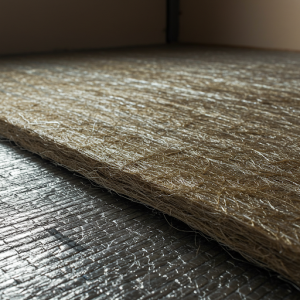
Fiberglass is a material composed of thin filaments of glass, obtained from the fusion of silica (SiO2) with other oxides, such as boron (B2O3), aluminum (Al2O3), and calcium (CaO). This material is characterized by its strength, flexibility, and transparency. Fiberglass is mainly used as a thermal and acoustic insulator in construction. Its insulating properties come from its fibrous structure and low thermal conductivity, which traps and disperses sound waves and reduces heat transfer. It is applied in the form of blankets, panels, or rolls on walls, ceilings, and floors.
Rubber sheets
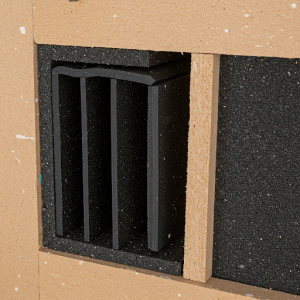
These materials are elastomeric materials composed primarily of non-ethylene-propylene-diene (EPDM) and isoprene (C5H8) polymers. These flexible and resistant rubber sheets are used as acoustic insulators, especially for the reduction of impact noise and vibrations in floors and machinery. Their ability to absorb energy is due to the elasticity and viscoelasticity of the material, which dissipates sound waves and attenuates vibrations. Rubber sheets can also be combined with other materials, such as foam or metal, to further improve their insulating properties.
Wood wool panels in soundproofing a meeting room
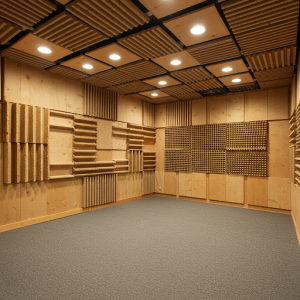
These wood wool panels are made from lignocellulosic wood fibers (C6H10O5)n, obtained from waste from the forestry and construction industries. They have a porous and fibrous structure that provides excellent acoustic and thermal insulation properties. Their ability to do so is due to the cellular structure and porosity of the material. In addition, wood wool is an ecological, sustainable, and biodegradable material, which makes it an attractive option for sustainable construction and ecological design.
Mineral wool
Mineral wool, also called basalt or slag wool, is a widely used insulation material made from basaltic rocks or blast furnace slag melted at high temperatures and then expanded into fibers. It is characterized by its fire resistance, dimensional stability, and low thermal conductivity. It is also resistant to moisture and deterioration, making it a durable and sustainable option for insulation solutions, and can withstand up to 2150º Fahrenheit, making it also fire resistant. Mineral wool is widely used in construction for insulation in all types of buildings. A classic among acoustic insulation materials.
Acoustic foam (melamine)
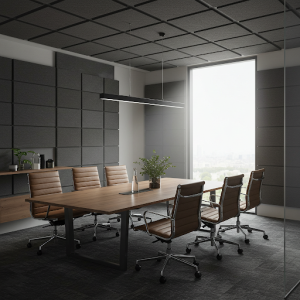
This insulation foam is made from melamine resins, a thermosetting polymer. This foam has an open and light cellular structure, which provides great acoustic insulation. This insulation is thanks to its porosity and the viscoelasticity of the material. Melamine foam is fire-resistant, chemically stable, and non-toxic, making it the star when looking for safe and versatile materials for acoustic applications in small and medium-sized rooms, such as recording studios, home theaters, meeting rooms, and offices.
Cellulose insulation
Cellulose insulation plays a valuable role in soundproofing a meeting room. It does it primarily through its sound absorption and its ability to fill gaps. They are made from recycled paper treated with boron salts to increase their resistance to fire and insects. These materials are sustainable and ecological. And are used in construction as thermal and acoustic insulation for ceilings, walls, and floors.
Cellulose insulation, especially dense-packed, can significantly improve soundproofing in a meeting room. Its loose-fill nature effectively fills gaps and cavities. Which reduces air transmission, a major pathway for sound. The material’s density and fibrous structure absorb sound waves, diminishing both airborne and impact noise.
Combined with resilient channels and drywall, cellulose creates a high-performing sound barrier. It’s particularly effective in reducing mid-to-high frequency sounds, like speech. While not as effective for low-frequency noise as heavier materials, it contributes substantially to overall sound reduction. And creates a more private and focused meeting environment.
Acoustic putty
Acoustic putty is a viscoelastic compound based on polymers, mineral fillers, and specific additives. Its function is to seal and reduce noise transmission in joints, cracks, and perforations in building structures such as walls and ceilings. The ability of putty to absorb and attenuate noise is attributed to its viscoelasticity and density. In addition, this material contributes to air tightness, improving the acoustic and thermal performance of structures. It is also used in combination with other insulating materials to achieve optimal insulation.
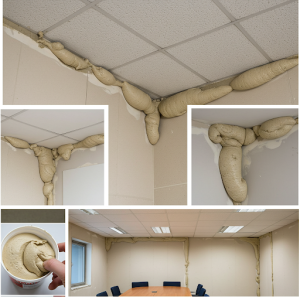 Cellular cement panels
Cellular cement panels
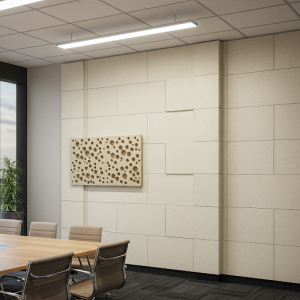
These cellular cement panels are construction materials created by mixing Portland cement (Ca3SiO5), sand, water, and foaming agents, which form a porous and lightweight acoustic insulation material. The ability of these panels to attenuate noise is due to the cellular structure and the energy absorption of the air cells. In addition, their low thermal conductivity contributes to energy efficiency and comfort in buildings. Cellular cement also offers fire and moisture resistance, making it a durable and versatile option.
Polymer acoustic membranes
Polymer acoustic membranes are materials designed using synthetic polymers such as polyethylene (C2H4)n or polystyrene (C8H8)n, designed to isolate noise in structures. These membranes, being viscoelastic and dense, dissipate sound energy and minimize resonance. In addition, they can act as vapor and moisture barriers, improving the durability of buildings. They are very useful in combination with other insulating materials to optimize noise reduction performance and ensure a comfortable environment in buildings.
Felt acoustic panels
Felt sound-absorbing panels are made of 100% polyester fiber, using hot pressing technology in the shape of a cotton cocoon. This technique allows for a variety of densities and ventilation, making the product excellent for sound absorption and thermal insulation. The sound absorption coefficient of polyester felt is greater than 0.9 in the noise range of 125 to 4000 Hz. Sound-absorbing panels accelerate reverberation time, eliminate sound impurities, and improve sound effects and clarity in a meeting.
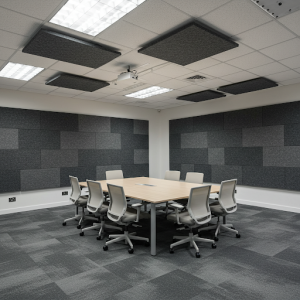
Cellulose insulation
Cellulose insulation is made from recycled paper treated with boron salts to increase its resistance to fire and insects. These materials are sustainable and ecological and are used in construction as thermal and acoustic insulation for ceilings, walls, and floors. Cellulose insulation is a more economical and sustainable alternative to other conventional insulation materials, which is why it is one of the most emerging and at the same time most used options today.
Mass-loaded vinyl (MLV) barriers are highly effective in soundproofing a meeting room
High-density or filled vinyl barriers are materials created from polyvinyl chloride (PVC, C2H3Cl)n, reinforced with mineral masses to increase their density. These barriers are used to reduce noise transmission in a variety of structures. Being dense and flexible, they reduce the passage of sound by absorbing and dissipating energy. In addition, they can be combined with other insulating materials to improve noise attenuation performance. Filled vinyl barriers are moisture-resistant and easy to install, making them versatile and durable.
Polyethylene foam in soundproofing a meeting room
Polyethylene foam is an insulating material made from polyethylene (C2H4)n, a thermoplastic polymer. Its cellular and flexible structure allows the absorption and attenuation of noise in constructions. And provides soundproofing to meeting rooms, offices, and other spaces. Its low thermal conductivity provides thermal insulation in buildings. Polyethylene foam is lightweight, water-resistant, and easy to install. It is used in various sectors, such as construction, transportation, and industry, to create environments with adequate noise and temperature control.
